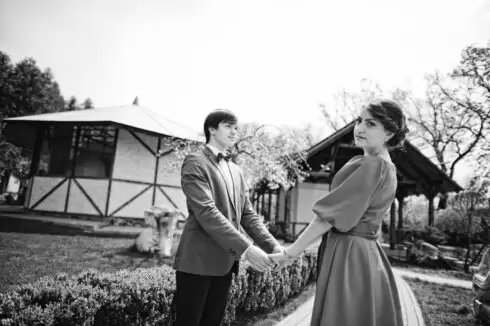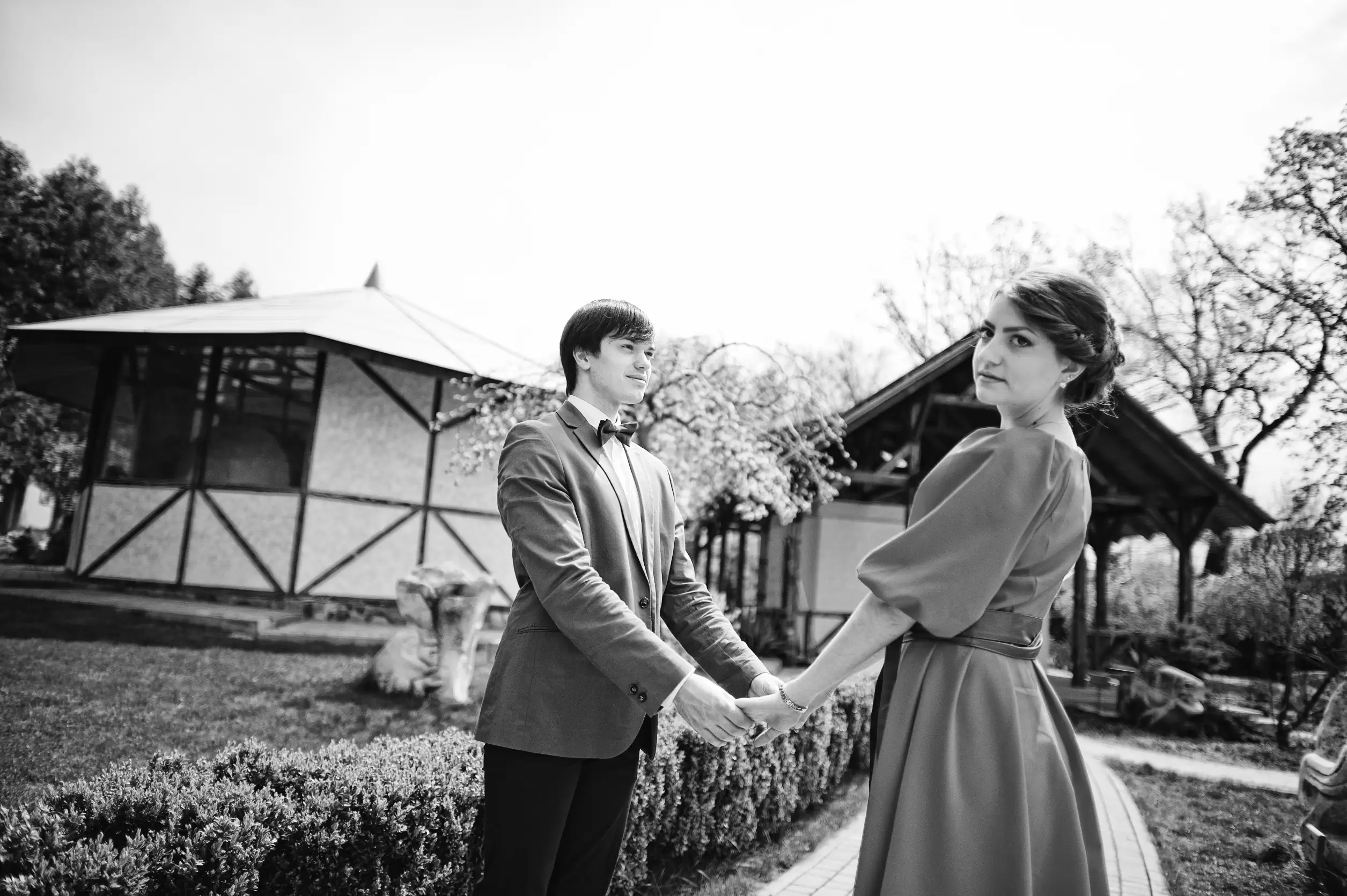
The 1950s was an era characterized by distinct social norms and cultural practices, especially when it came to dating and relationships. Many of these rituals, though considered odd by today’s standards, often led couples to marry quickly. Here are twelve peculiar dating rituals from the 1950s that could have you married within a year.
1. Going Steady
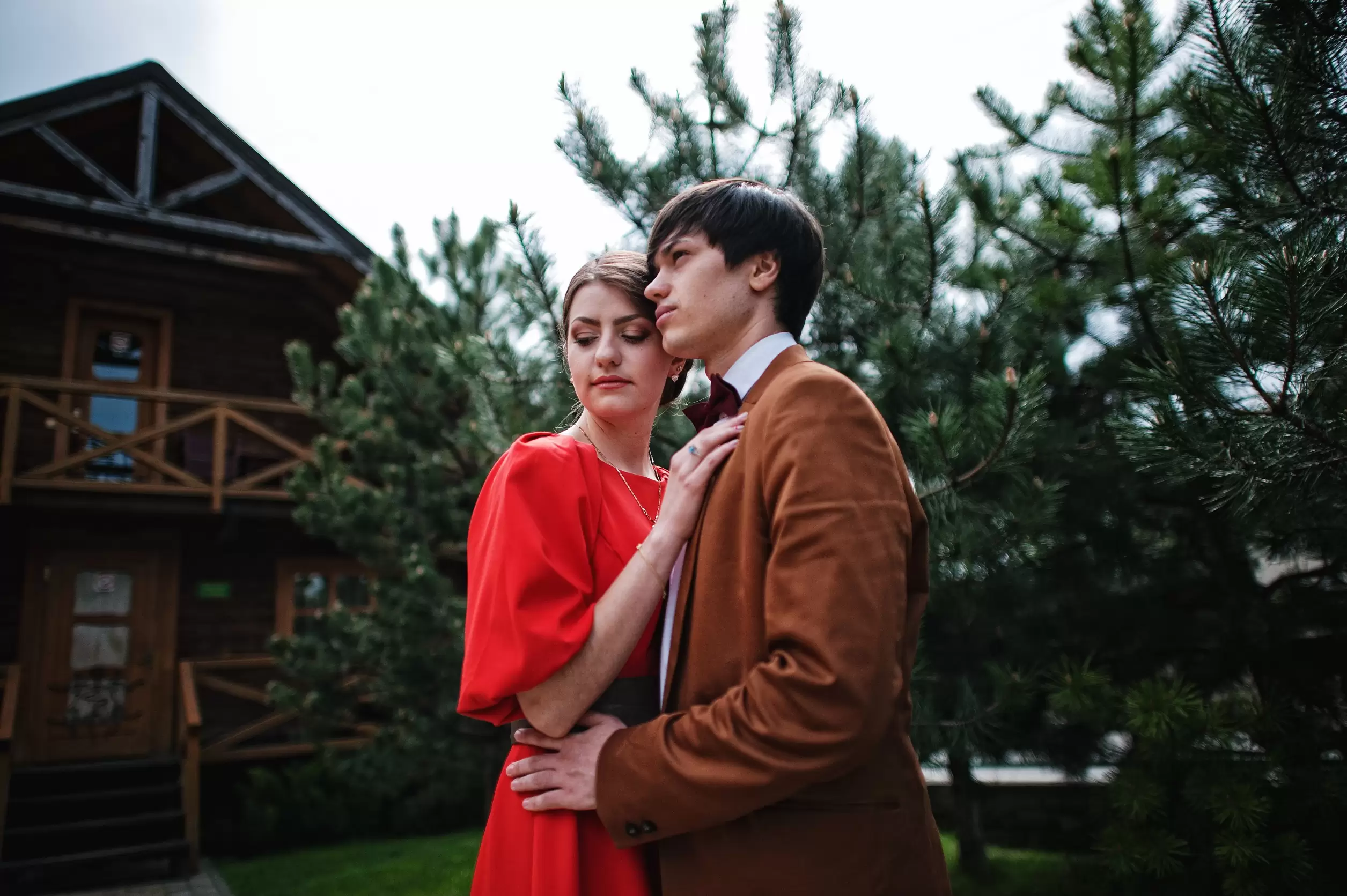
“Going steady” was a significant step in 1950s dating culture. It meant that a couple was exclusive and seriously committed to each other. This practice often involved exchanging tokens, such as class rings or letterman jackets, as symbols of their relationship. Going steady was a clear indication that the couple was on the path to marriage.
2. The “Pinning” Ceremony
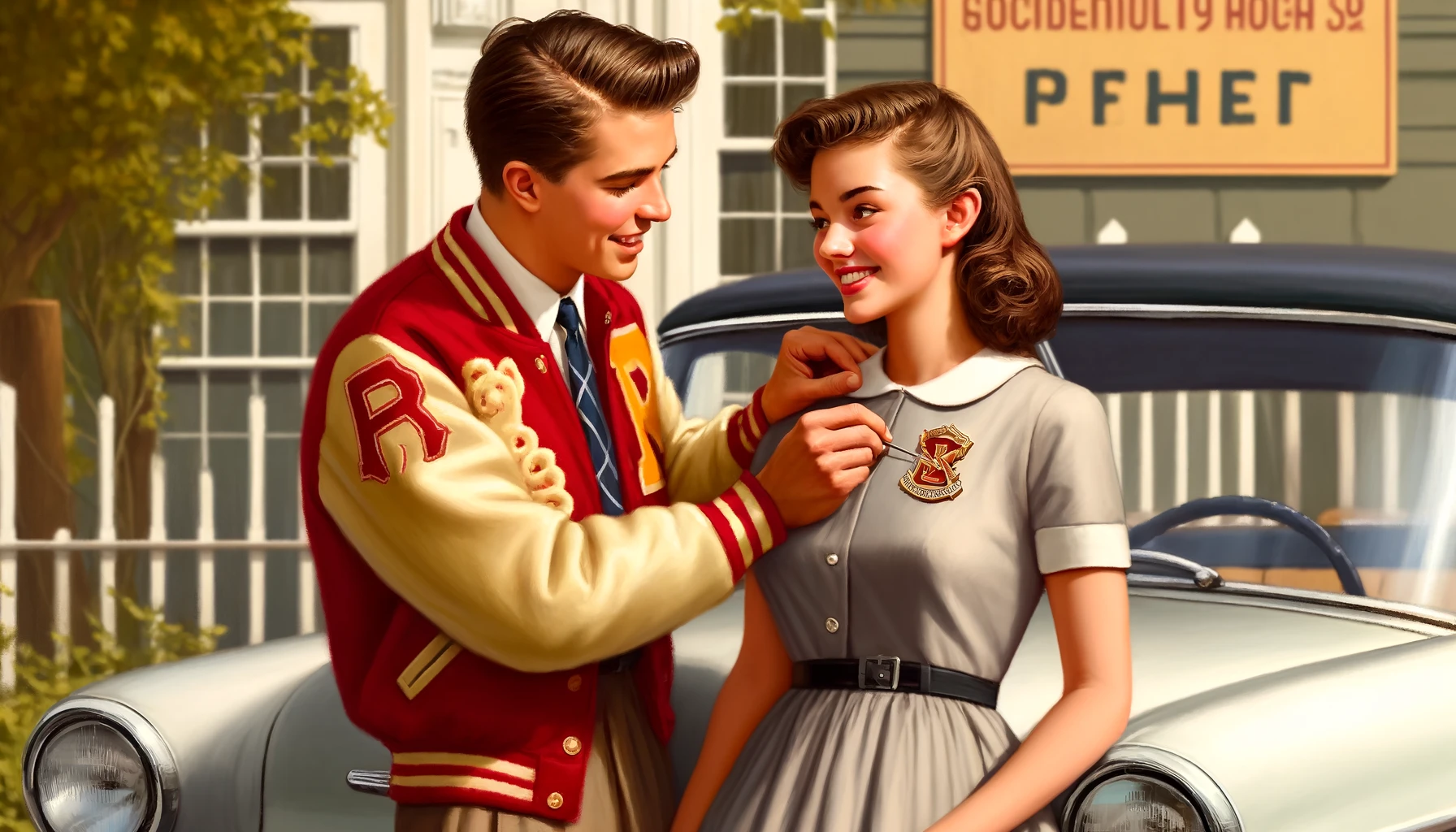
In college settings, the “pinning” ceremony was a formal acknowledgment of a serious relationship. A fraternity member would give his fraternity pin to his girlfriend, signifying that they were officially a couple. This gesture often preceded an engagement and was seen as a prelude to marriage.
3. Dating Scripts and Rules
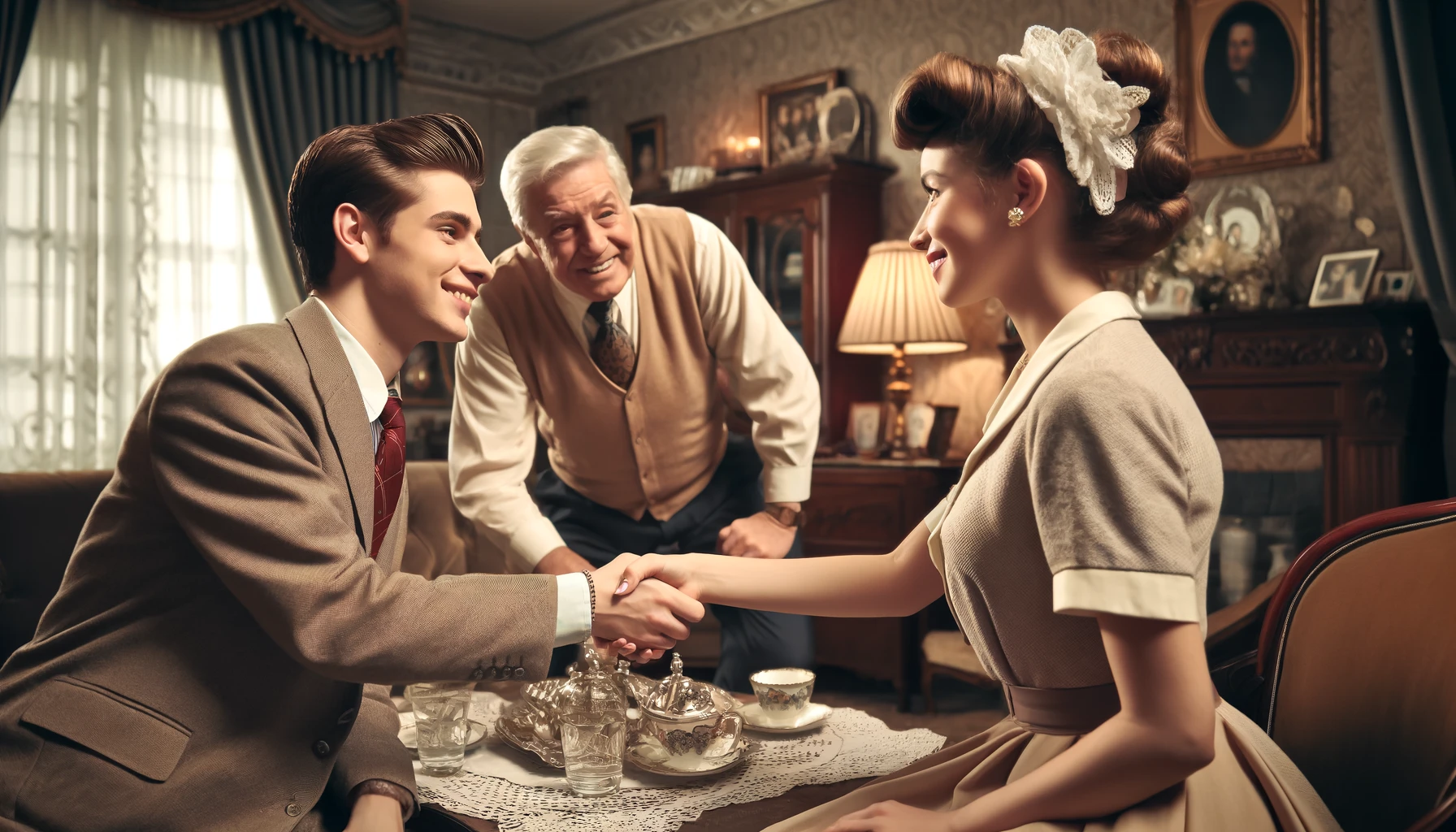
The 1950s had strict dating scripts and rules that young people followed. These included formal introductions, scheduled dates, and clear intentions. Men were expected to call on women, plan dates, and demonstrate their interest respectfully. These structured interactions often accelerated the relationship towards marriage.
4. Parental Approval
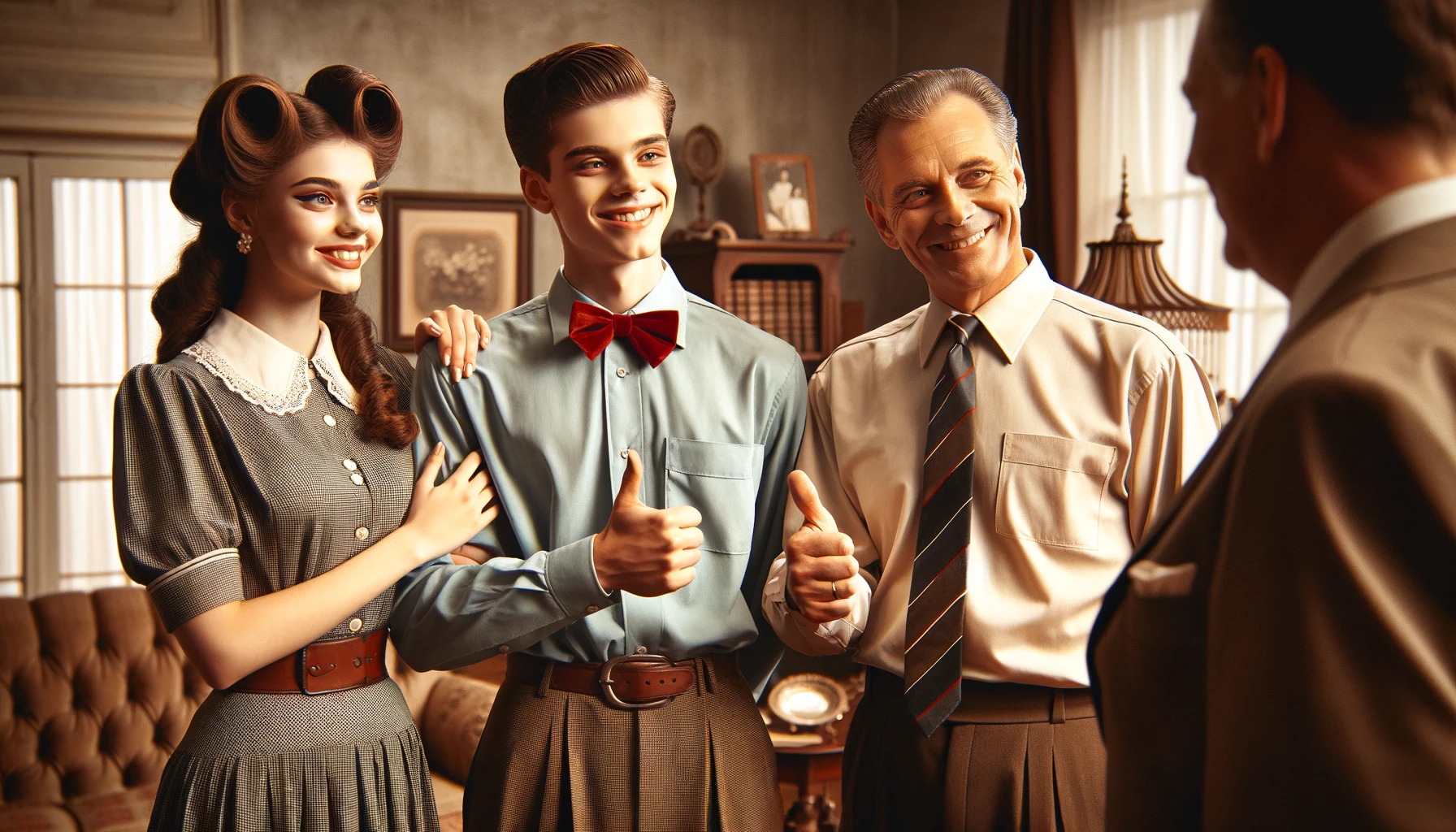
Gaining parental approval was a crucial step in 1950s courtship. Couples often sought their parents’ blessing early in the relationship, ensuring family support. This practice reinforced commitment and seriousness, making it more likely for the relationship to progress to marriage.
5. Curfews and Chaperones
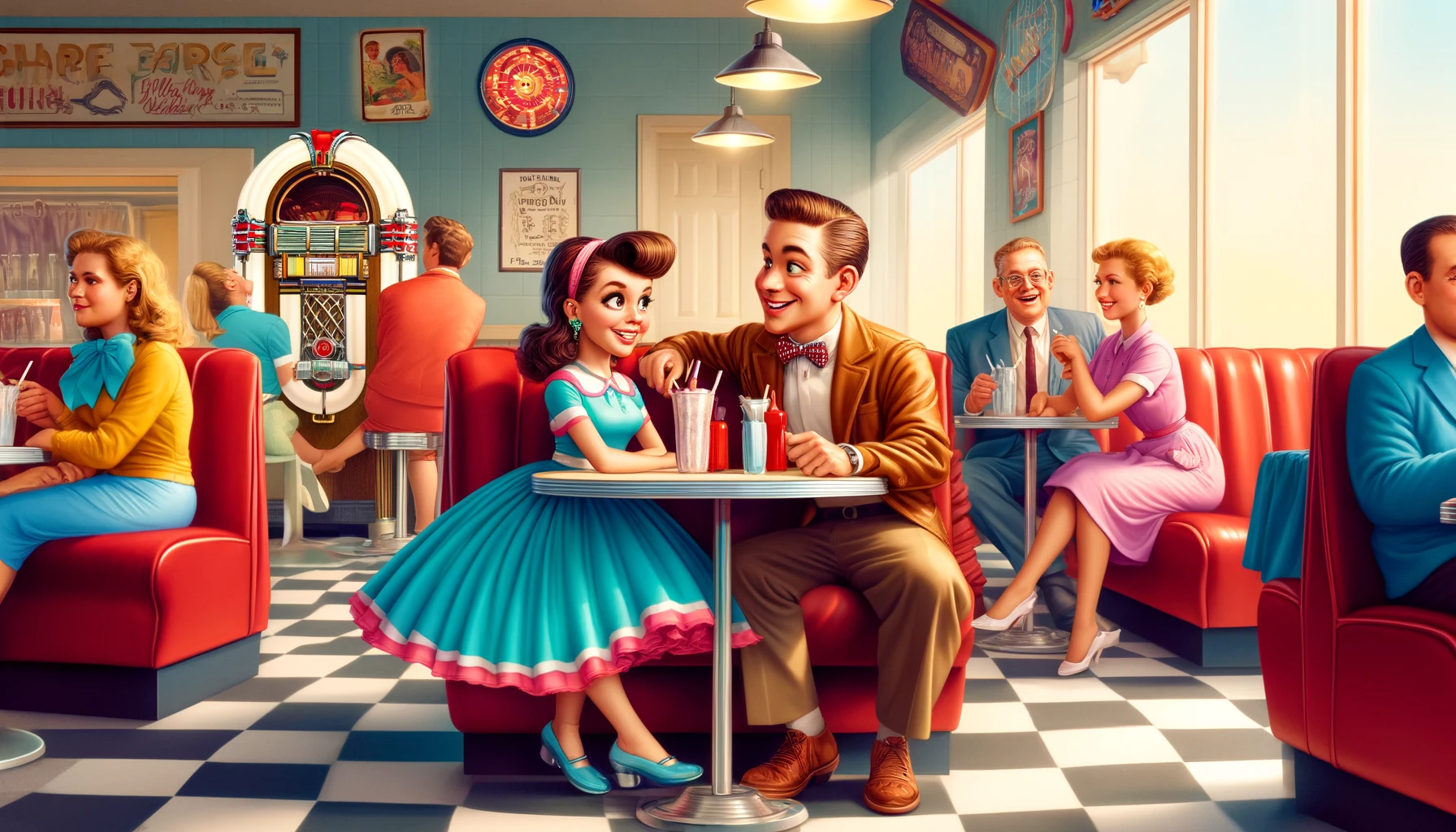
Curfews and chaperones were common in the 1950s to ensure that young couples adhered to societal expectations. Dates often ended early, and many were supervised by family members or older siblings. This emphasis on propriety and safety encouraged serious, committed relationships.
6. Church Socials
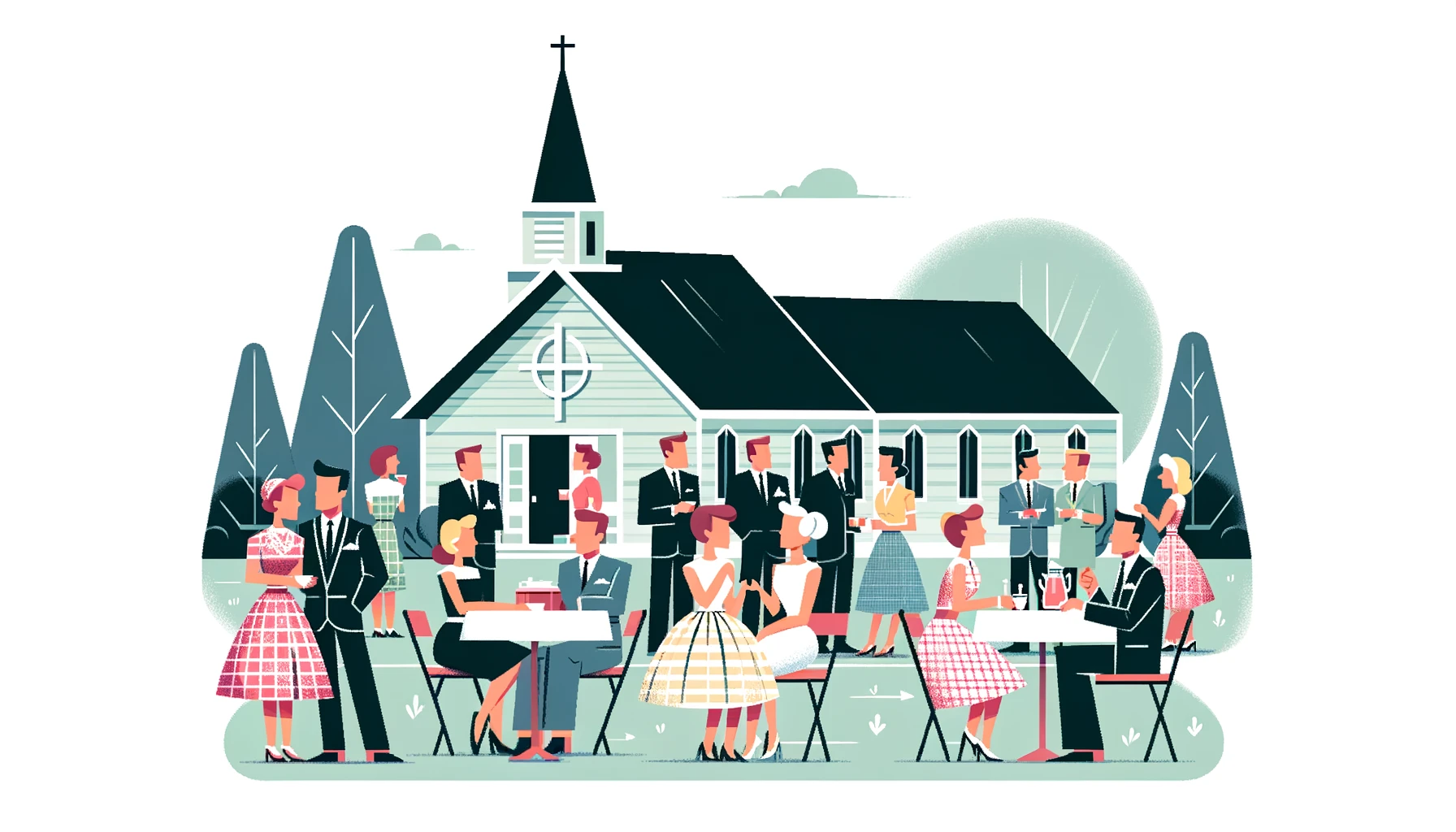
Church socials and events provided opportunities for young people to meet and interact in a wholesome environment. These gatherings often facilitated connections between like-minded individuals with shared values, leading to meaningful relationships and, ultimately, marriage.
7. The Telephone Call Ritual
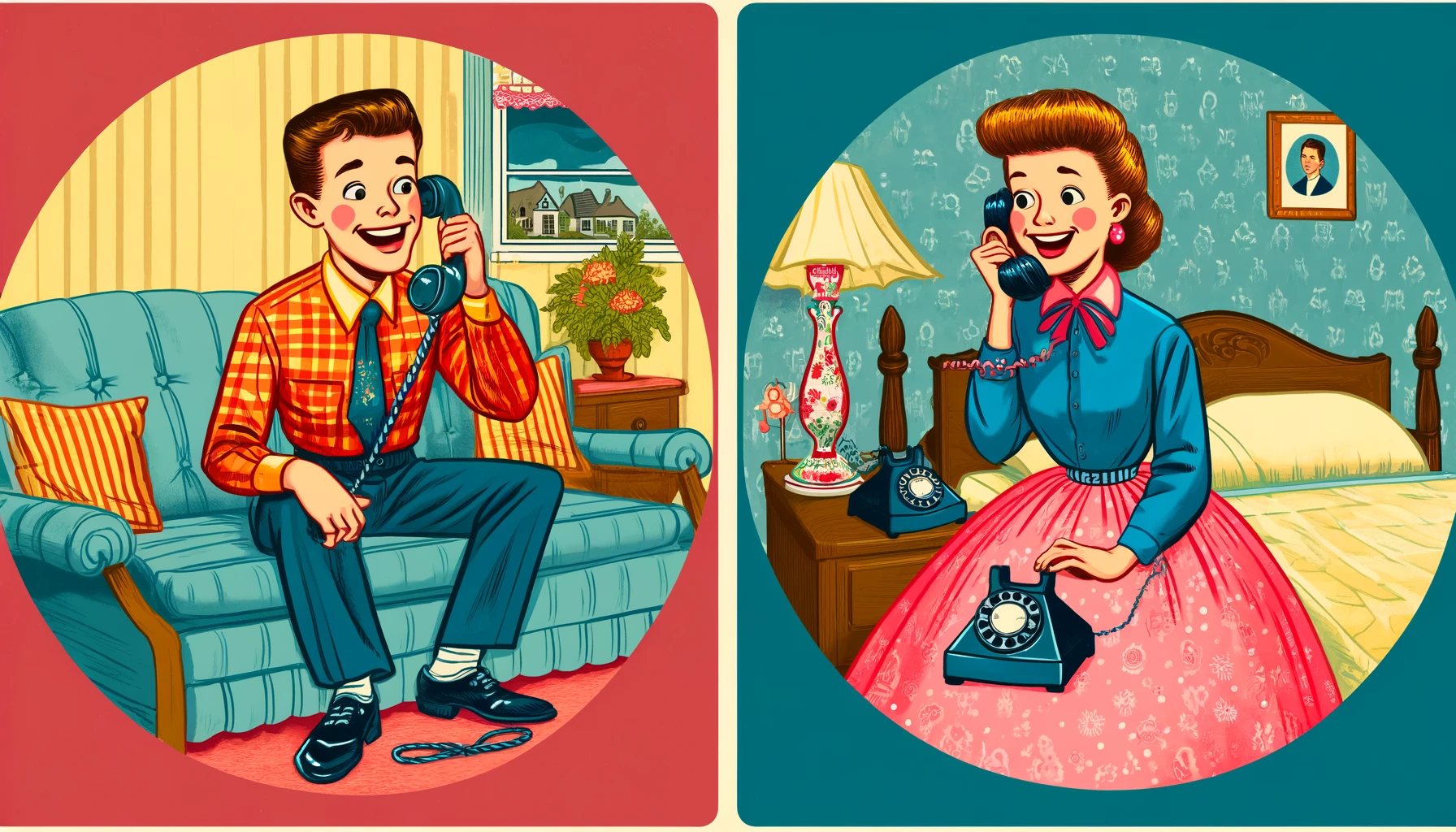
The telephone played a central role in 1950s courtship. Men were expected to call women to ask them out on dates, and these calls were often planned and significant. The anticipation and formality of telephone calls added to the seriousness of dating, fostering quicker progression to engagement and marriage.
8. Planned and Structured Dates

Dates in the 1950s were planned and structured events, often including dinner, dancing, or movies. Men took on the role of planning and paying for the date, demonstrating their interest and commitment. This structured approach to dating helped couples evaluate their compatibility quickly.
9. Double Dates

Double dating was popular in the 1950s, providing a safe and social way for couples to interact. It also allowed for mutual friends to offer feedback and support. Double dates helped solidify relationships by creating a sense of community and approval among peers.
10. Engagement Within a Year
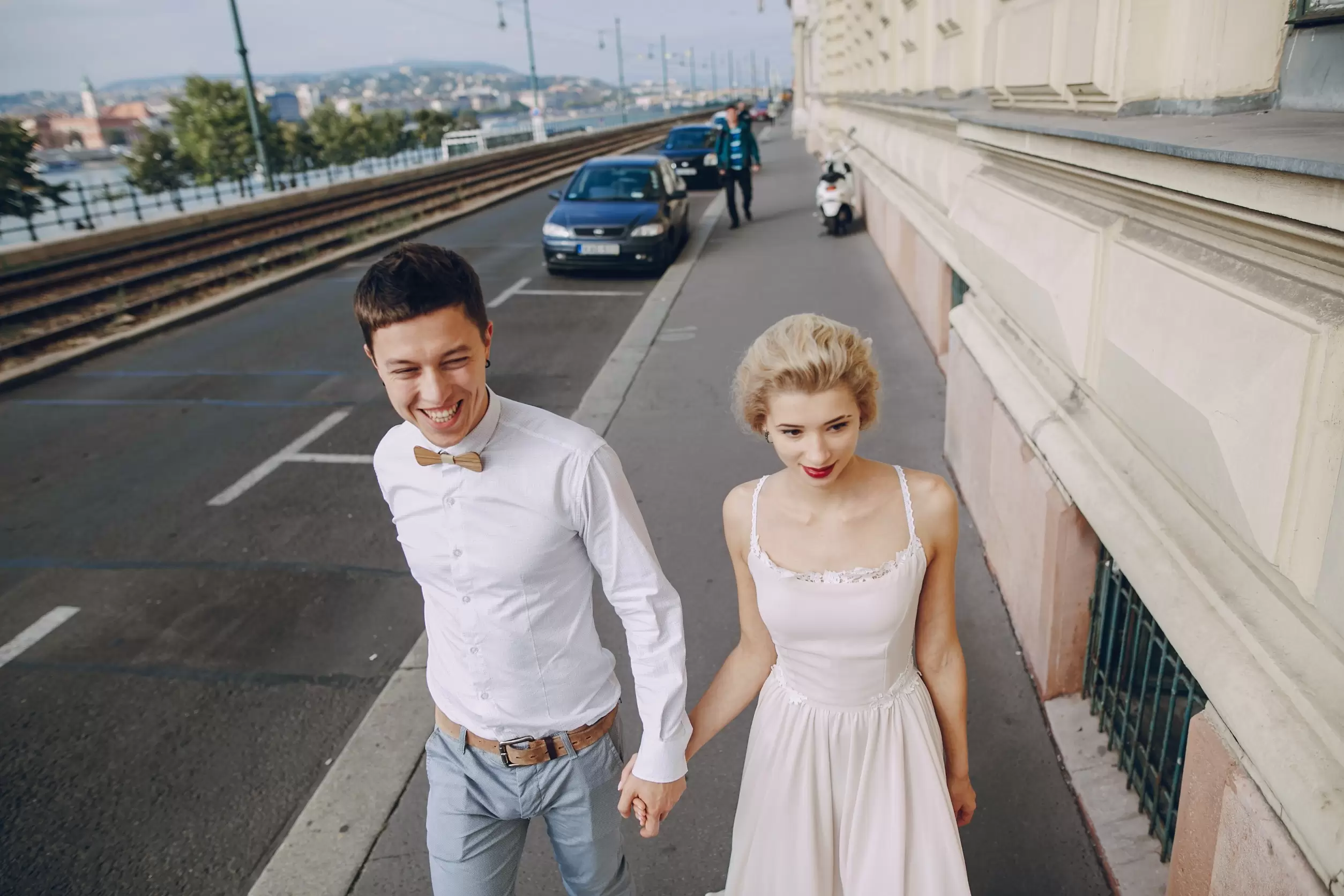
The societal expectation in the 1950s was that serious relationships would lead to engagement within a year. Long courtships were less common, and couples often felt pressure to make decisions about their future relatively quickly. This expectation was supported by the cultural norms and rituals of the time, which emphasized commitment and marriage.
Dating Rituals

In conclusion, the dating rituals of the 1950s were characterized by structure, formality, and a strong focus on commitment. These practices, though odd by today’s standards, created an environment where relationships progressed swiftly to marriage. Understanding these rituals offers insight into the social dynamics of the past and highlights the contrast with contemporary dating practices.

Drew Blankenship is a seasoned automotive professional with over 20 years of hands-on experience as a Porsche technician. While Drew mostly writes about automotives, he also channels his knowledge into writing about money, technology and relationships. Based in North Carolina, Drew still fuels his passion for motorsport by following Formula 1 and spending weekends under the hood when he can. He lives with his wife and two children, who occasionally remind him to take a break from rebuilding engines.

